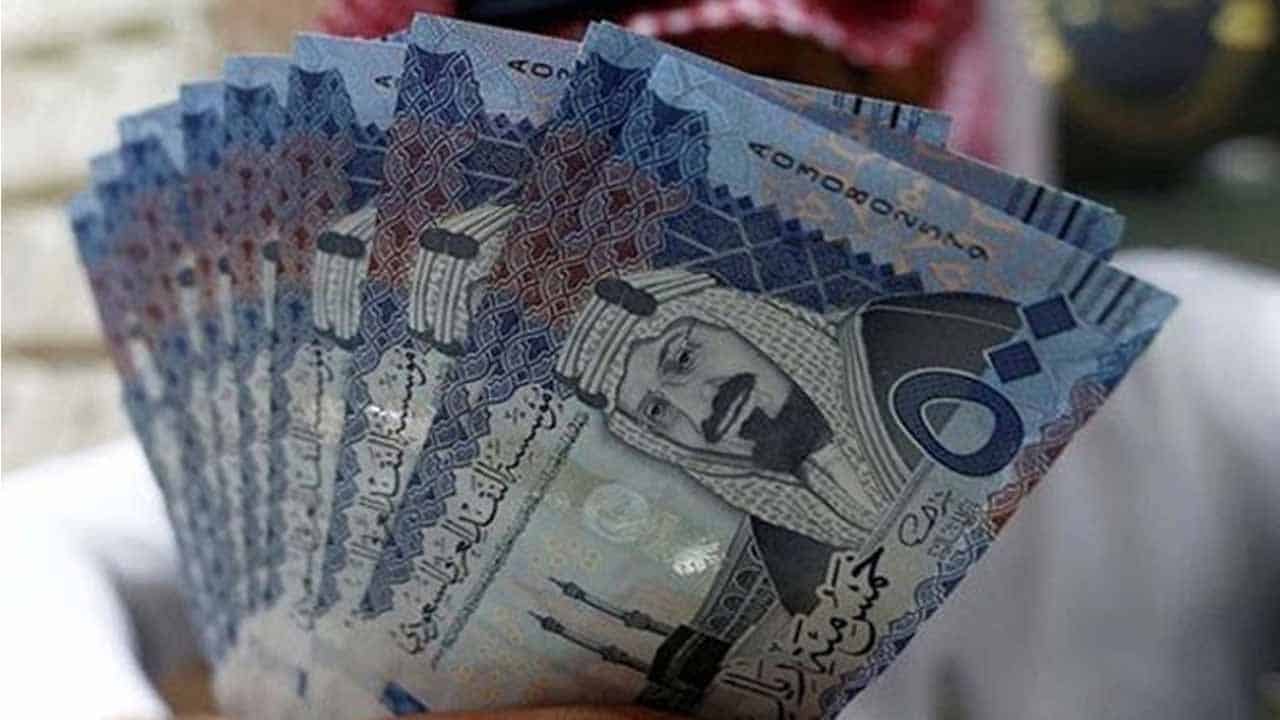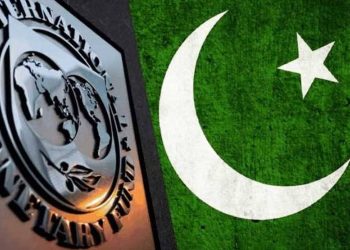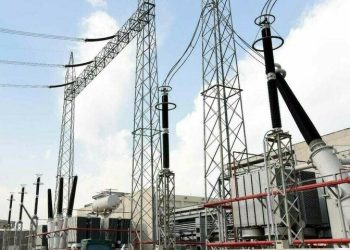According to statistics from the central bank released on Monday, remittance inflows to Pakistan dropped below the $2 billion mark for the first time in 31 months in January 2023, although Saudi Arabia continued to be the country’s top source of remittances.
The cash-strapped South Asian country received remittances in January that were 13.1% lower than in the same month in 2022 and 9.9% lower than in December 2022.
During the first seven months of the previous financial year, Pakistan received $18 billion; however, this year, inflows decreased by $2 billion to $16 billion.
“With the cumulative inflow of $16 billion during the first seven months of FY23, the remittances decreased by 11 percent compared to the same period last year,” the State Bank of Pakistan said in a statement on Monday.
In contrast with the first seven months of the previous fiscal year, Pakistan received $4.6 billion from Saudi Arabia, a decrease of about 15%. Instead, it received $3.9 billion. In the previous fiscal year, Pakistan received $7.75 billion from Saudi Arabia.
The United Arab Emirates provided $269.2 million, the United Kingdom $330.4 million, the United States of America $213.9 million, and Saudi Arabia contributed $407.6 million in remittances in January 2023, according to the central bank.
The United Arab Emirates gave the country $269.2 million in January 2023 and $2.9 billion over the first seven months of the current fiscal year, according to the central bank.
Since June 2020, Pakistan has received remittances totaling more than $2 billion every month. After 31 months, a decline below $2 billion this January has been observed.
The enormous difference in currency rates between the open market and inter banks, according to financial analysts, is the primary cause of the decline in remittance inflows through official channels.
“The exchange rate in the open market was very high as compared to the interbank market, which was very low, which is why Pakistani workers were using hawala [unofficial channels] for money transfer,” Farhan Mahmood, head of research at Sherman Securities.
In recent weeks, the spread between the open and interbank market rates for the US dollar has reached as high as Rs50.
“The huge gap between open and interbank coupled with the already slowing global remittances flows dented the official remittances,” Mahmood said.
Analysts said as the gap between open and interbank markets narrowed, the inflows of remittance through official channels would improve in the current and upcoming months.
“I think that the inflows would start improving from February onwards as the gap has narrowed and also those people who were waiting for market adjustment will be encouraged to remit funds,” Mahmood added.
In the interbank market, the Pakistani rupee on Monday finished at Rs269.44 against the US dollar, while in the open market, it traded at Rs273 for selling and Rs270 for buying.






